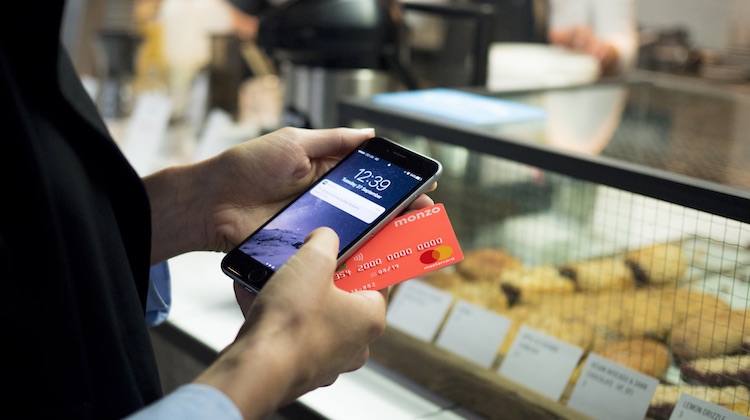Modern Marketing
How UK challenger bank Monzo turned its customers into a loyal community
- Three-year-old U.K. challenger bank Monzo has grown its customer base over five times in one year
- The company grows its customer community by making it a stakeholder in the business








